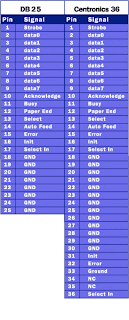Robots spin wheels and pivot jointed segments with some sort of actuator. Some robots use electric motors and solenoids as actuators; some use a hydraulic system; and some use a pneumatic system (a system driven by compressed gases). Robots may use all these actuator types.
 Photo courtesy NASA
Photo courtesy NASA
A robotic hand, developed by NASA, is made up of metal segments moved by tiny motors. The hand is one of the most difficult structures to replicate in robotics
The actuators are all wired to an electrical circuit. The circuit powers electrical motors and solenoids directly, and it activates the hydraulic system by manipulating electrical valves. The valves determine the pressurized fluid's path through the machine. To move a hydraulic leg, for example, the robot's controller would open the valve leading from the fluid pump to a piston cylinder attached to that leg. The pressurized fluid would extend the piston, swiveling the leg forward. Typically, in order to move their segments in two directions, robots use pistons that can push both ways.
The robot's computer controls everything attached to the circuit. To move the robot, the computer switches on all the necessary motors and valves. Most robots are reprogrammable -- to change the robot's behavior, you simply write a new program to its computer.
 Photo courtesy NASA JPL
Photo courtesy NASA JPL
NASA's Urbie climbing stairs
These are the basic nuts and bolts of robotics. Roboticists can combine these elements in an infinite number of ways to create robots of unlimited complexity. In the next section, we'll look at one of the most popular designs, the robotic arm.
 Instead, IBM engineers coupled a 25-pin connector, DB-25, with a 36-pin Centronics connector to create a special cable to connect the printer to the computer. Other printer manufacturers ended up adopting the Centronics interface, making this strange hybrid cable an unlikely de facto standard.
Instead, IBM engineers coupled a 25-pin connector, DB-25, with a 36-pin Centronics connector to create a special cable to connect the printer to the computer. Other printer manufacturers ended up adopting the Centronics interface, making this strange hybrid cable an unlikely de facto standard.



